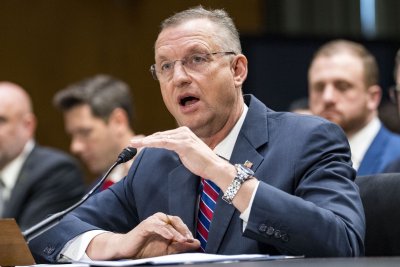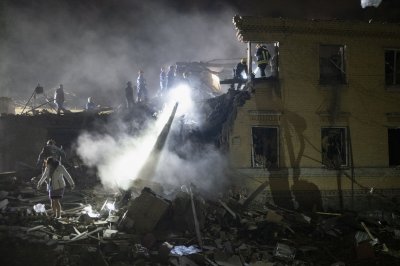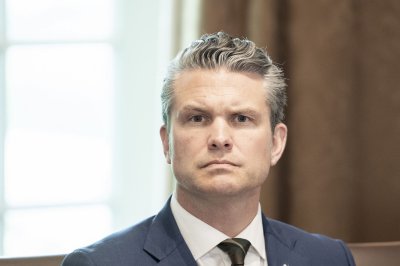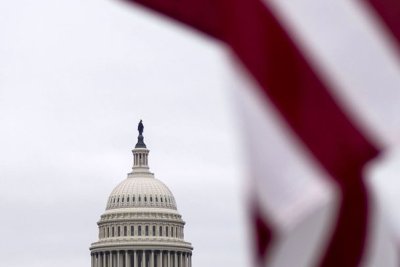V.A. secretary says job cuts would improve efficiency

May 6 (UPI) — Veterans Affairs Secretary Doug Collins on Tuesday accused Democrats of fearmongering while they oppose proposed cuts to the Department of Veterans Affairs workforce.
Reports have suggested Collins wants to eliminate more than 80,000 VA jobs, but he told the Senate Committee on Veterans Affairs that number is a goal and not a hard target.
Collins told the committee he wants to reduce the VA’s workforce by 15%, which would mean firing more than 80,000 workers, but that goal has not become a reality.
Democrats have suggested such a workforce reduction would harm services for veterans, but Collins said no one is looking to fire doctors or nurses who work for the VA, the New York Times reported.
The VA so far has fired 2,400 workers and intends to end 585 contracts, NBC News reported.
Collins told committee members he would like to eliminate another 70,500 non-essential positions within the department to make it more efficient.
“The department’s history shows that adding more employees to the systems doesn’t automatically equal better results,” he said.
The agency would keep its health care workers but fire interior designers and staff whose jobs involve administering diversity, equity and inclusion policies that President Donald Trump eliminated via an executive order.
The quality of VA-provided health care and benefits would not harm veterans and other beneficiaries, Collins told the committee.
He said reducing the size of the VA’s workforce would increase the agency’s productivity and get rid of waste.
For example, removing DEI initiatives would save the VA an estimated $14 million, Collins said.
The VA has about 470,000 employees who provide services for 9.1 million people.
Sen. Richard Blumenthal, D-Conn., accused the VA of “totally lacking” accountability and said the proposed workforce reduction could be a disaster for the people it serves.
“It is a disaster that is on the horizon, approaching us as surely as a thunderstorm in the nation’s capital,” Blumenthal said.













